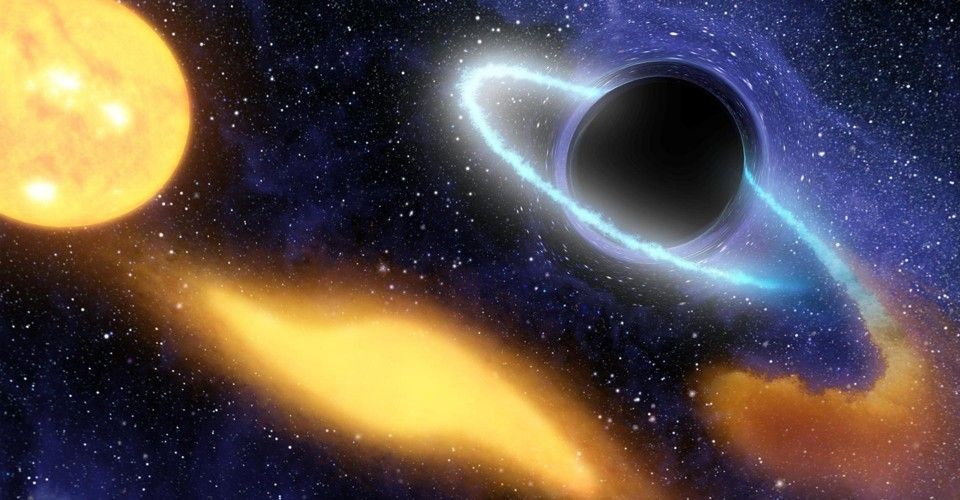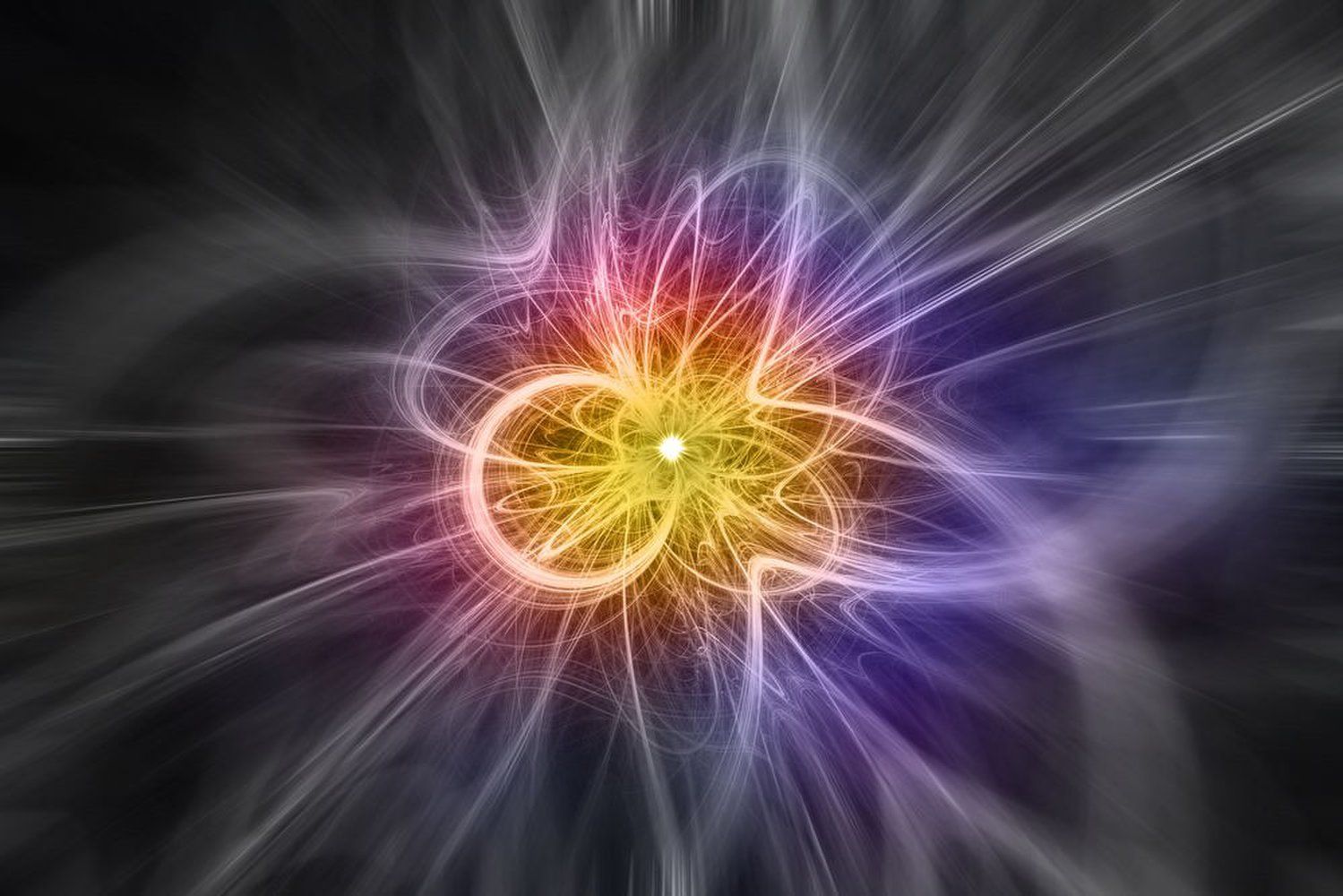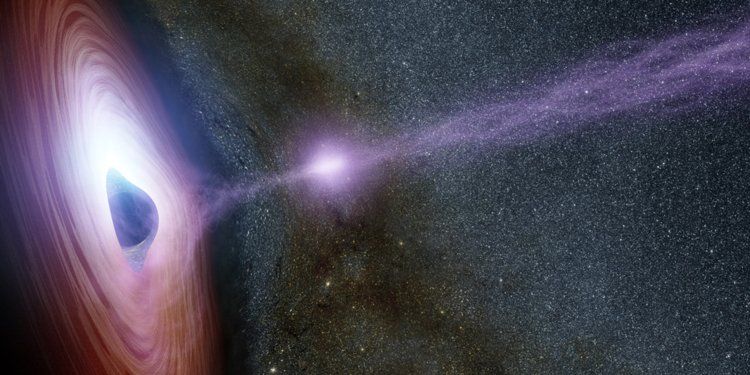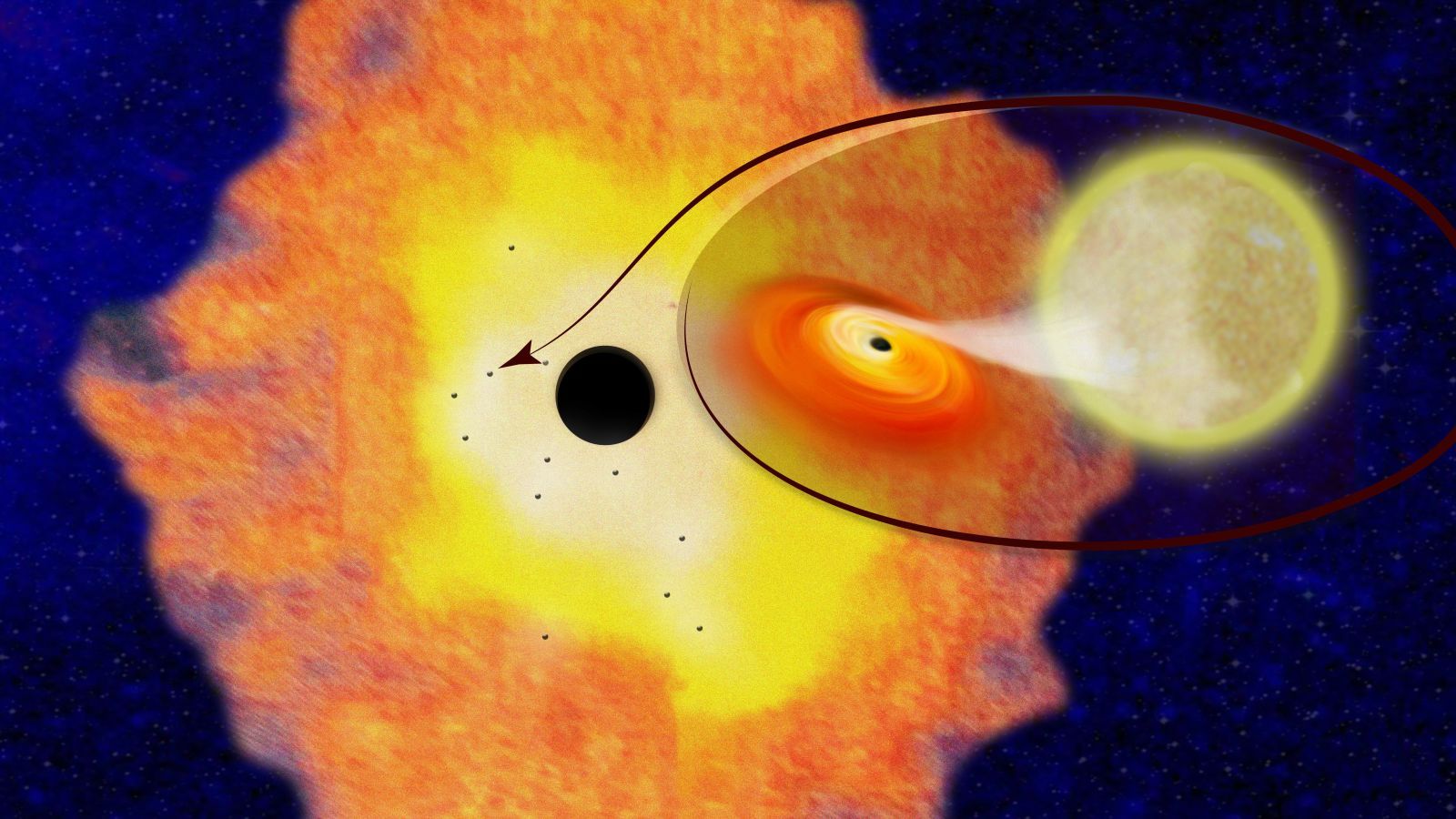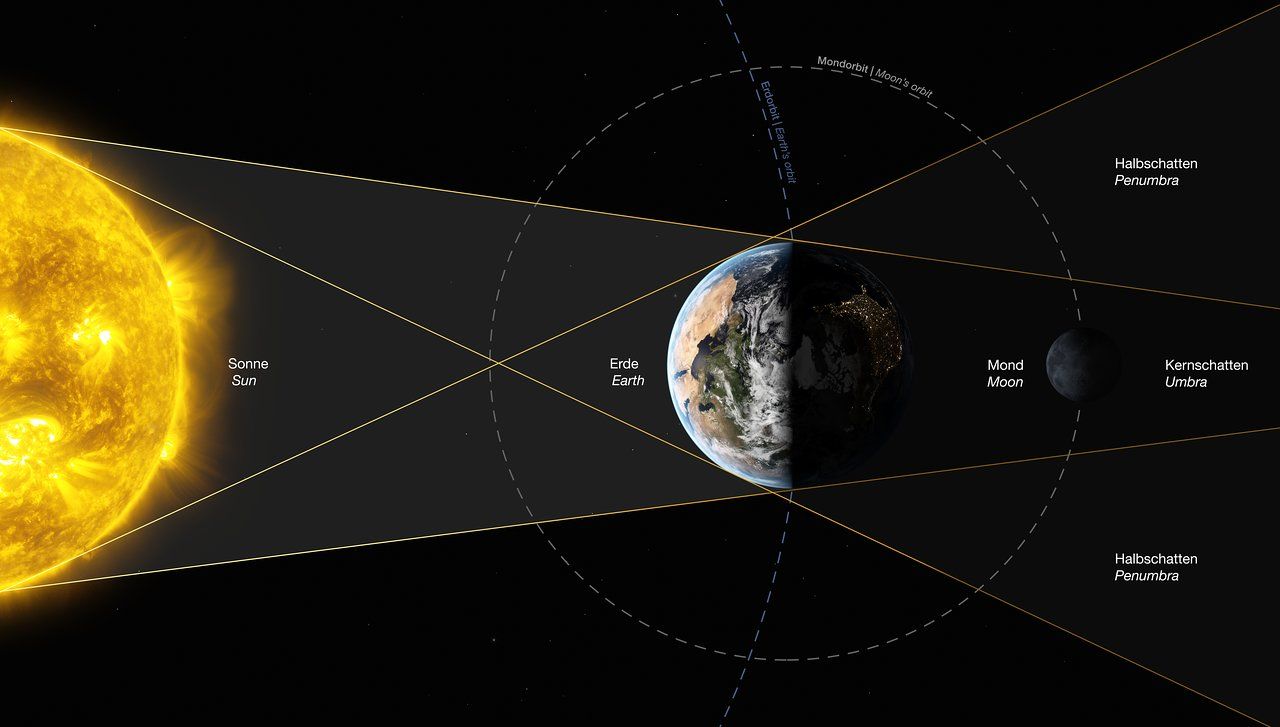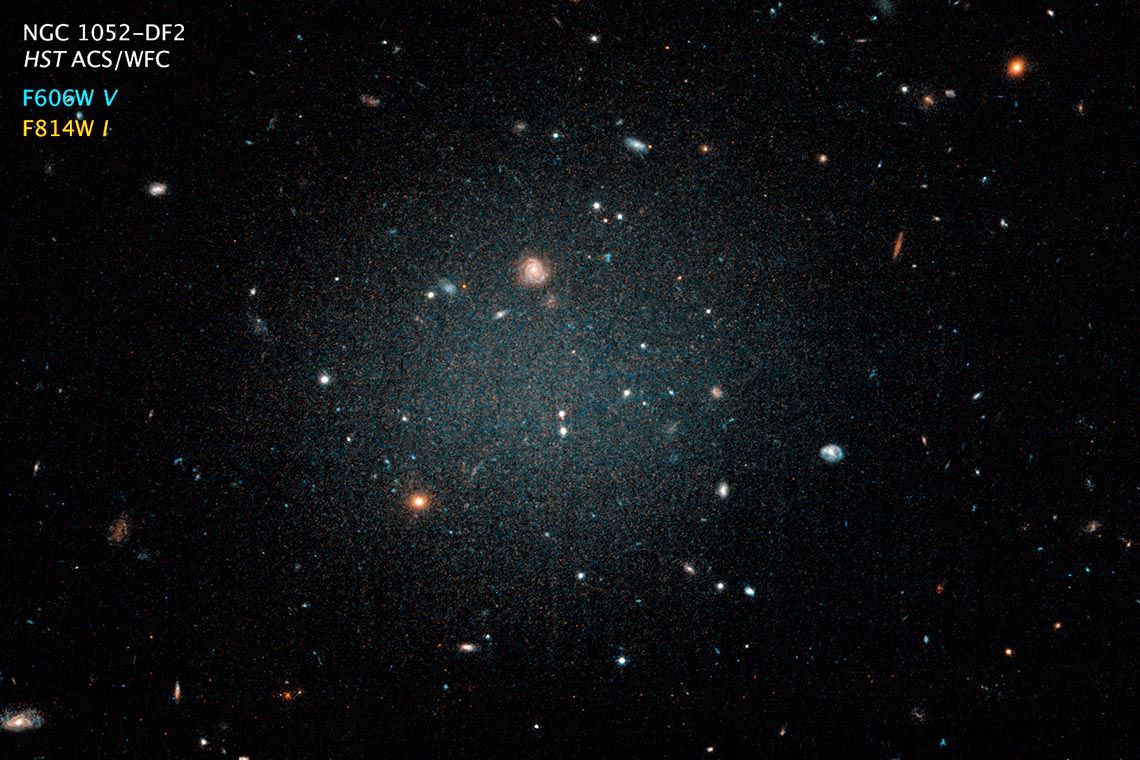Archive for the ‘cosmology’ category: Page 349
Apr 7, 2018
The Most Precise Measurement of Antimatter Yet Deepens the Mystery of Why We Exist
Posted by Genevieve Klien in categories: cosmology, physics
Scientists have made the most precise measurement of antimatter yet, and the results only deepen the mystery of why life, the universe, and everything in it exists.
The new measurements show that, to an incredibly high degree of precision, antimatter and matter behave identically.
Yet those new measurements can’t answer one of the biggest questions in physics: Why, if equal parts matter and antimatter were formed during the Big Bang, is our universe today made up of matter?
Apr 7, 2018
Mach Effect Propellantless drive awarded NASA NIAC phase 2 study
Posted by Sidney Clouston in categories: cosmology, physics, space travel

Mach Effect Gravity Assist (MEGA) drive propulsion is based on peer-reviewed, technically credible physics. Mach effects are transient variations in the rest masses of objects that simultaneously experience accelerations and internal energy changes. They are predicted by standard physics where Mach’s principle applies as discussed in peer-reviewed papers spanning 20 years and a recent book, Making Starships and Stargates: the Science of Interstellar Transport and Absurdly Benign Wormholes published in 2013 by Springer-Verlag.
Continue reading “Mach Effect Propellantless drive awarded NASA NIAC phase 2 study” »
Apr 4, 2018
A second ‘Big Bang’ could end our universe in an instant — and it’s all because of a tiny particle that controls the laws of physics
Posted by Genevieve Klien in categories: chemistry, cosmology, particle physics, quantum physics
Our known universe may end the same way it was created: With a big, sudden bang.
That’s according to new research from a group of Harvard physicists, who found that the destabilization of the Higgs Boson — a tiny quantum particle that gives other particles mass — could lead to a huge explosion of energy that would consume everything in the known universe.
The energy released by the event would destabilize the laws of physics and chemistry.
Apr 4, 2018
Astronomers Find Evidence of Thousands of Black Holes at the Center of Our Galaxy
Posted by Genevieve Klien in category: cosmology
Astronomers have long predicted that as many as 20,000 black holes could be hiding in our galaxy’s center, but so far no one has been able to spot them. Until now.
A Columbia University-led team of scientists dug through data taken with the Earth-orbiting Chandra X-ray Observatory to find the objects. They managed to find a dozen characteristic x-ray sources spewing energy from the galaxy’s inner three light-years. This is the first time anyone has observed these black holes.
“It’s the confirmation of several theories that predicted this ought to be the case,” study author Chuck Hailey, Columbia University astrophysics professor, told Gizmodo. “But it’s strange to have had this many and not really see them.”
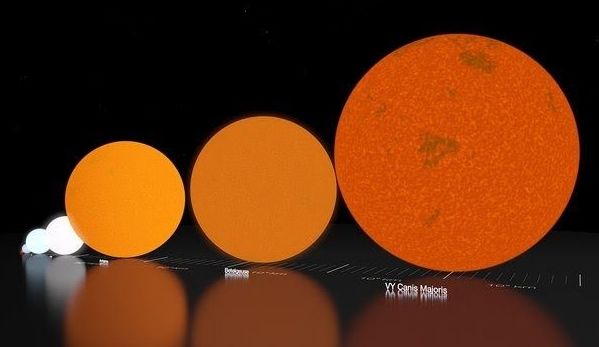
This animation gives a sense of the awe-inspiring scale of some of the known objects in our universe. It is difficult for human minds to comprehend the sheer size of distant stars, many of which completely dwarf our own Sun. Here we see some of the most famous objects displayed relative to one another. The animation begins with Earth, which has a radius of about 6.3 million metres, and ends at VY Canis Majoris, one of the largest known stars in existence, with a radius about 1420 times that of our own Sun, or 990 billion metres! Keep an eye on the changing scale underneath the objects to really appreciate the variation in size.
This animation will form part of the “The Living Universe” exhibition, to be displayed at the ESO Supernova, opening in spring 2018.
This graphic is perhaps more complex than first meets the eye. The Sun glows hot to the left, illuminating the Earth’s surface. The side facing away from the Sun is cast in deep shadow, and the man-made lights of cities are visible. The darkest patch of shadow, where the Earth blocks all the Sun’s light, is called the umbra. The lighter slivers of shadow either side of the umbra, which are not in total darkness, is the penumbra. Needless to say, this is not to scale!
This graphic will form part of the “The Living Universe” exhibition, to be displayed at the ESO Supernova, opening in spring 2018.
Apr 3, 2018
U of T, Yale astronomers discover ‘see-through’ galaxy with almost no dark matter
Posted by Steve Nichols in category: cosmology
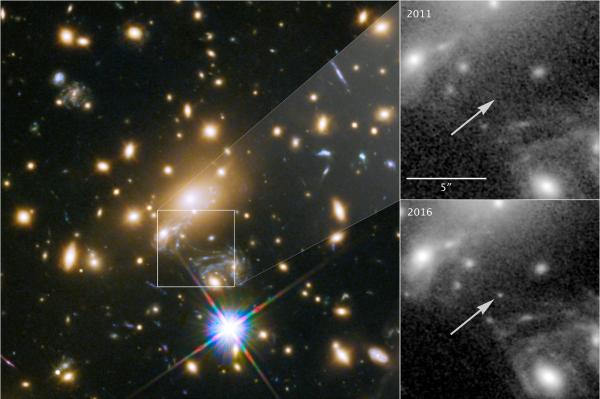
April 2 (UPI) — Using the Hubble Space Telescope, astronomers have observed the most distant star yet discovered.
Astronomers were trying to watch a gravitationally lensed supernova called Refsdal in the distant universe when they noticed an unexpected point source. The source turned out to be the universe’s most distant star. Astronomers dubbed it Lensed Star 1.
Apr 2, 2018
Supernova shot ‘runaway star’ into space at high speed
Posted by Genevieve Klien in categories: cosmology, space travel
Astronomer Kathryn Neugent discusses how scientists found the supermassive star moving at 300,000 miles per hour—and what caused its speedy travel.
